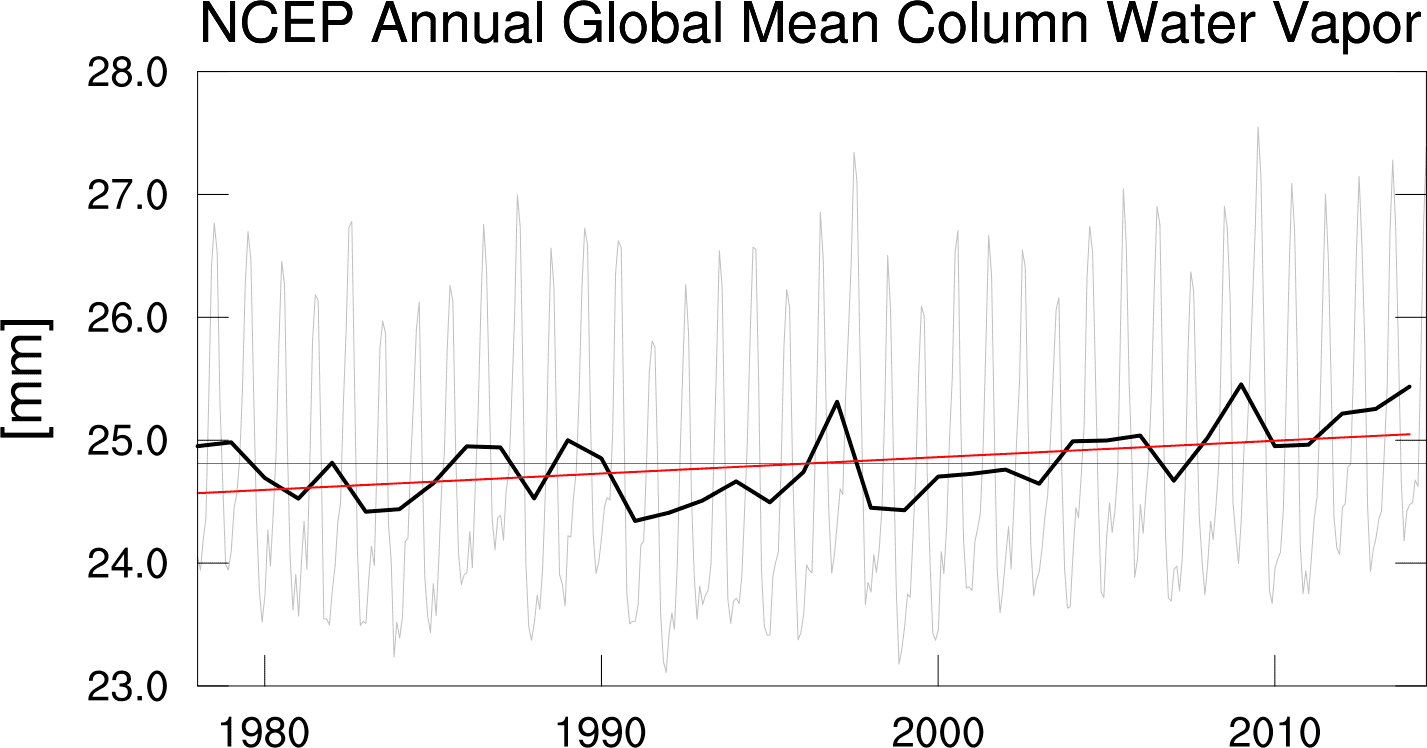No ian...absorption and emission don't equal warming...the only "chunk" taken out that constitutes actual warming due to absorption is that absorbed by water...and not even all of that because of convection
Again, simply explain where you think the energy goes. If the surface is radiating 400w into the atmosphere but only half comes out the other side of the atmosphere, where did the missing half go?
A simple question, do you have a simple answer?
How much geothermal energy do you think leaves the surface of the earth?
An insignificant amount. Certainty not enough to close the energy input deficit at the surface.
Was that your answer, or are you just tossing out random thoughts?





